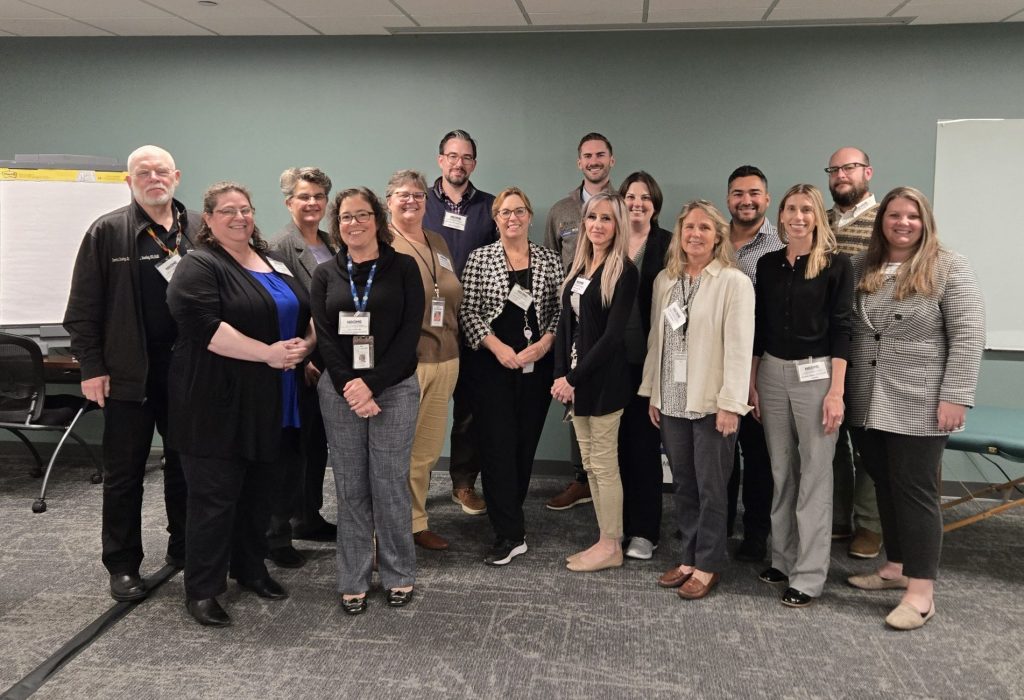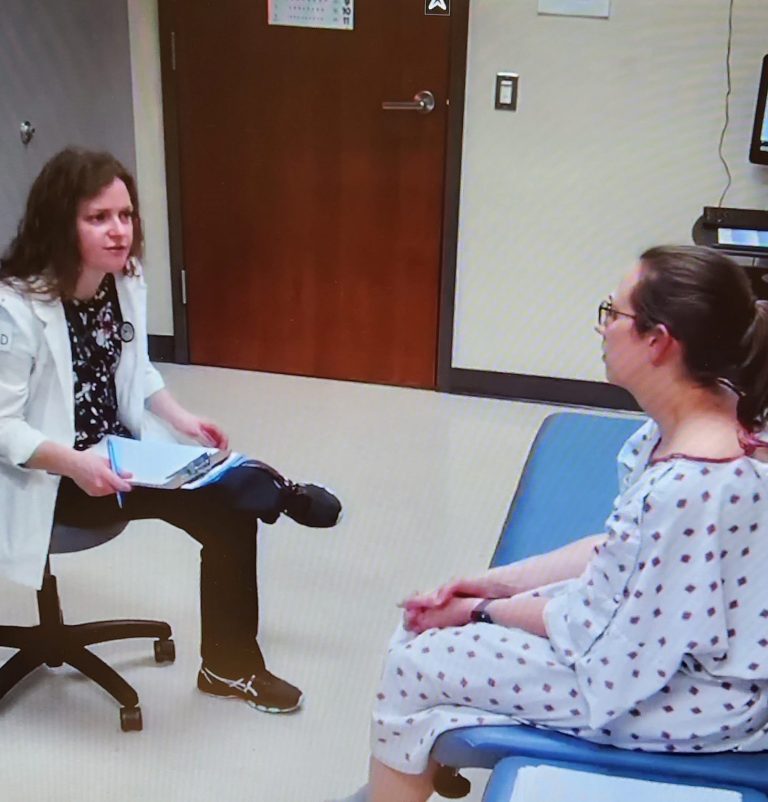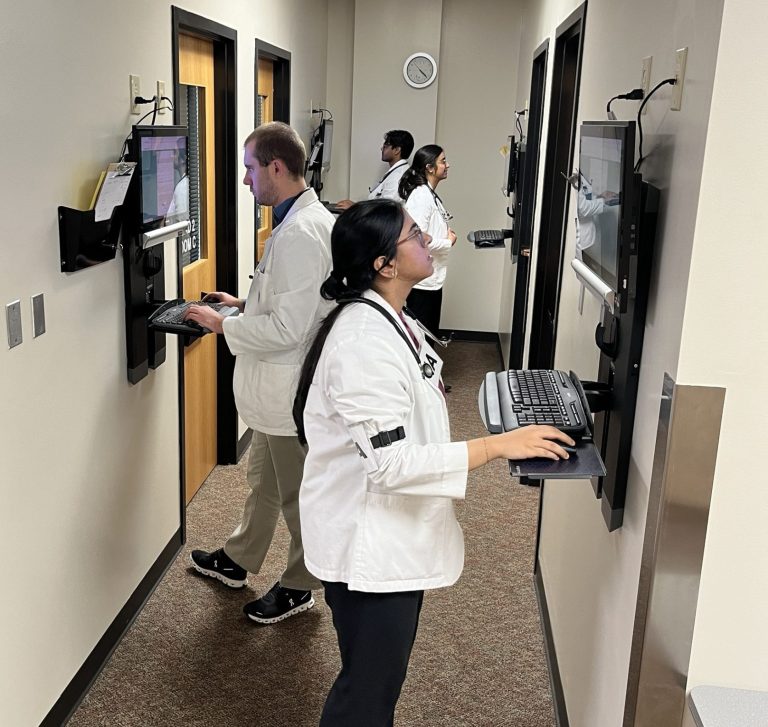
Due to scheduled maintenance on Friday, December 5, from 6 pm to 9 pm EST, the NBOME website may experience an outage. We apologize for any inconvenience.
The Core Competency Capstone for DOs (C3DO) will be available as a licensure credential beginning with the Class of 2029 for assessment and verification of osteopathic clinical skills competencies as part of the eligibility requirements for COMLEX-USA Level 3.



C3DO provides an assessment of the following osteopathic clinical skills competencies to a national standard:
These are evaluated through participation in a multi-station, modified Objective Structured Clinical Examination (OSCE) standardized patient-based assessment. It utilizes standardized assessment tools and training protocols, osteopathic physician examiners, and a national case bank aligned with the COMLEX-USA Blueprint. C3DO is developed through a national collaboration and is delivered locally at participating colleges of osteopathic medicine.
The cases presented within C3DO are common for DOs in the outpatient clinical setting and align with Dimension 2 of the COMLEX-USA Blueprint: Clinical Presentations, shown below.
| Content Across the Examination Series | Minimum |
|---|---|
| 1. Community Health and Patient Presentations Related to Wellness | 12% |
| 2. Human Development, Reproduction, and Sexuality | 5% |
| 3. Endocrine System and Metabolism | 5% |
| 4. Nervous System and Mental Health | 10% |
| 5. Musculoskeletal System | 13% |
| 6. Genitourinary/Renal System and Breasts | 5% |
| 7. Gastrointestinal System and Nutritional Health | 10% |
| 8. Circulatory and Hematologic Systems | 10% |
| 9. Respiratory System | 10% |
| 10. Integumentary System | 5% |
Since there are 10 clinical presentation categories in the blueprint and only six stations in the assessment, not all categories will be represented on each examination. Every candidate should see at least one case which is Community Health and Patient Presentations Related to Wellness, and two cases that are clinical presentations related to the Musculoskeletal System.


Each case includes a checklist that is completed by the standardized patient who will evaluate students post-encounter on areas including building a history and physical examination.
Proficiency in osteopathic manipulative techniques is evaluated by certified osteopathic physician examiners in three (3) rooms in the assessment. “Patient is requesting OMT” is indicated on the chart where OMT will be evaluated.
Standardized patients complete a rubric that ties observable behaviors to the following dimensions: eliciting Information, listening skills, giving information, empathic approach, and professional approach.
There is no patient note (SOAP note) in this examination. Following each 14-minute standardized patient encounter, there will be a six-minute period in which candidates will complete post-encounter questions prior to moving to the next encounter. Questions include short answer (SA) format, traditional multiple-choice question (MCQ) format, and Extended multiple-choice question (EMC) format. More detailed information is available in the student orientation guide and the on-site orientation. Sample questions are also provided with a sample video encounter for candidates participating in C3DO.
C3DO sessions are 3-4 hours in length. Each encounter time with the patient is 14 minutes, and there is an additional 6 minutes to complete the post-encounter questions. Students may begin the questions upon completion of the encounter.
Encounter timing is universal across administrations, but other components, such as onsite registration, orientation, transition between encounters, breaks, and refreshments (if any), are determined by each COM independently. Candidates should check with their COM for more information about the local schedule.


We’ve compiled answers to some of the most commonly asked questions about the NBOME, our products, and services. If you can’t find the information you’re looking for, please feel free to reach out to us.